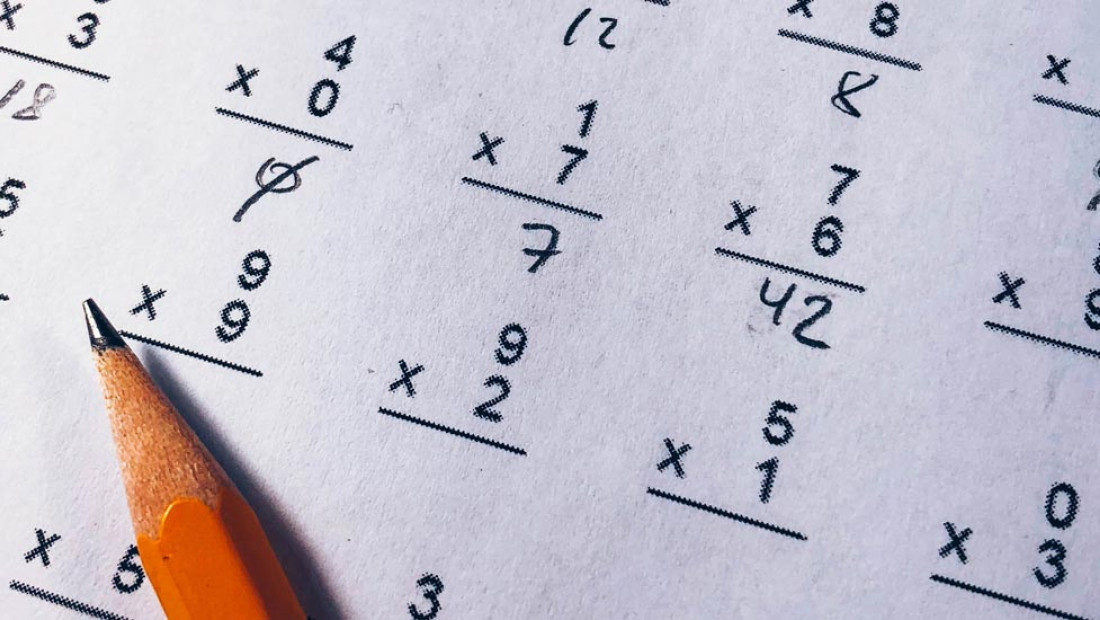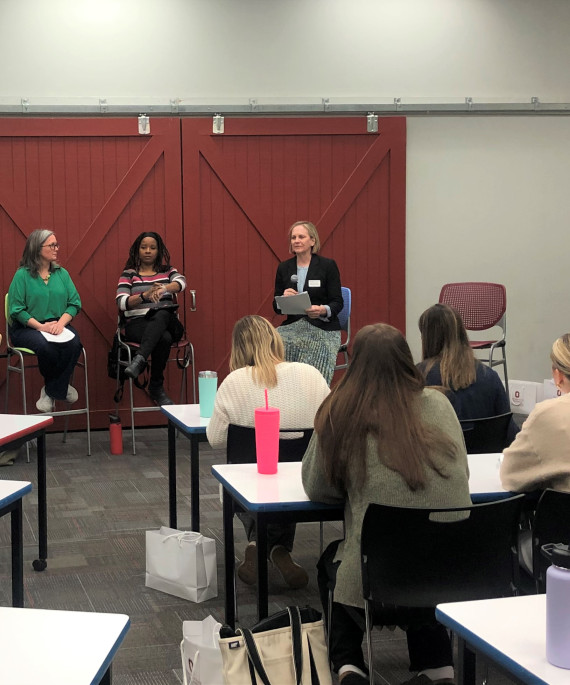
To increase children’s confidence in their mathematical thinking, parents and other adults should ask how they would think about solving a given problem.
“Young children often struggle with learning mathematics in school,” said Patricia Brosnan, professor of mathematics teacher education. “The concepts used, such as how to carry numbers from one column to another in subtraction, sometimes make no sense to them. So learning math becomes difficult.”
When they think through and present their own mathematical strategies, children begin to feel that they are comfortable with math and are more willing to engage.
Step 1: Start with questions
Brosnan shares four examples of questions to encourage children to use their own strategies when solving mathematical problems:
- Question 1: We’re having a cookout. The hotdogs I bought have 10 in each package. Hotdog buns have eight in each package. How do we figure out how many of each to buy for the cookout?
- Question 2: This is a tall shade tree we’re sitting under. How do you suppose we can figure out how many feet tall it is?
- Question 3: At our party, we plan to have a water balloon toss. We need to fill 40 balloons with water. If it takes a minute and a half to fill each balloon, how long will it take us to fill all of the balloons?
- Question 4: You’re practicing for a swimming competition. How long does it take you to swim one lap of the pool? If you know that, how do you figure out how long it will take to swim the six laps required in the competition?
Step 2: Listen to understand their reasoning
Then listen, without correction or judgment, to their effort to understand what is being asked and to form a strategy for a solution. Offer encouraging comments, such as “that’s interesting,” or “that makes sense” (assuming it does).
Step 3: Encourage the process
If their approach to the problem results in a correct answer, praise by emphasizing the process, not the answer: “You figured that out all on your own.” If the approach or the answer isn’t right, encourage them to explore further at a later time. Help them discover resources to think about and solve the problem. For example, look up the height of an average house in feet and compare it to the tree.
Math problems surround us every day. Help children gain confidence in their ability to think through problems with numbers.




